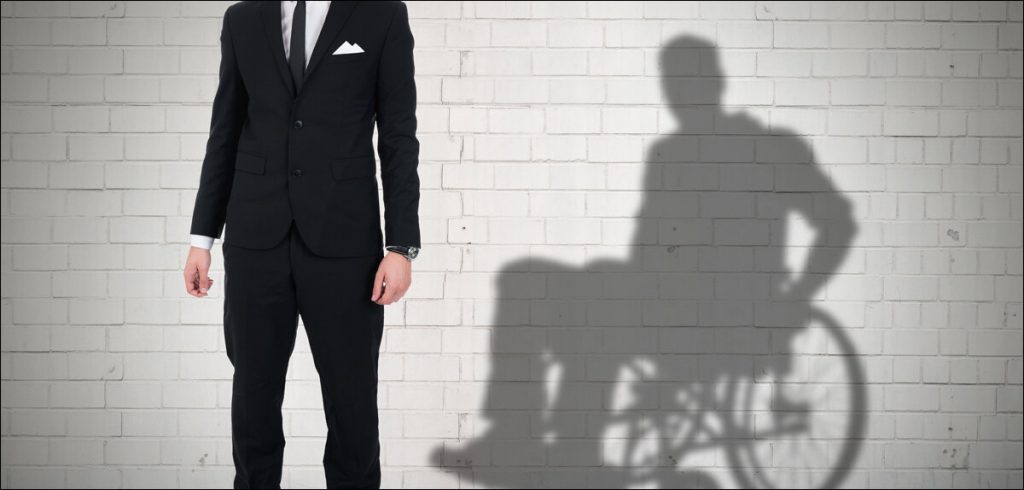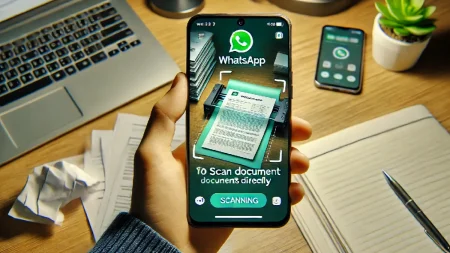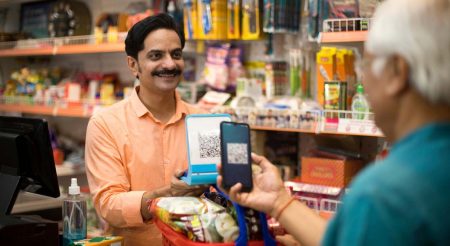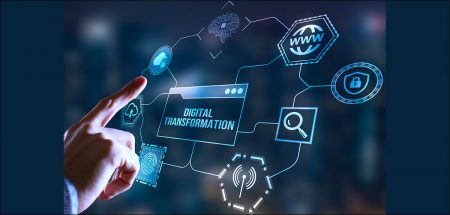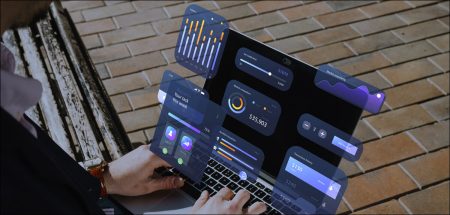Uma Iyer explores cost-effective, lasting support mechanisms that would aid in improving quality of life and making technology truly inclusive
Access decisions are made in view of the majority. Sign boards cater to the majority of language speakers. Signs on buses, trains, and toilets are for the ones that can visually identify the clues. Physical or virtual systems developed are a cruel reminder of how the ‘abled’ build the systems for the ‘dis-abled’ without including them in the process.
Even in the physical world, in developing nations, we see the vendors serving the majority on the foot-paths needed for wheelchair users. The ramps are built unevenly in India despite having strict guidelines set for the contractors. Technology is not left far behind! The privileged and abled get an easy pass in comparison.
The functional design of physical systems built today places disability to bridge a gap between the environment and how the human body can function. Physically it is easy to see that someone with a motor-neuron disease will be unable to press the keyboard easily as it is well ‘physical’. However, the communication design of the physical aspects is not seen as seamless and hence is difficult to cater to various challenges. Dis-ability is a spectrum and is complex!
Sify Technologies – Digital Services
Accessibility is generally an afterthought for ableist users. The user experience (UX) is a view of the disabled through the eyes of the abled.
Although Diversity is promoted in workplaces, diversity is seldom used in the user design process creating an invisible boundary. The primary reasons for this gap are:
- The understanding of disabled users’ experience lacks dimension
- Expectations from the diverse community to clearly articulate needs
- Adjustment and compromise by the disabled groups to adapt
- The stigma associated with the disability and perception bias
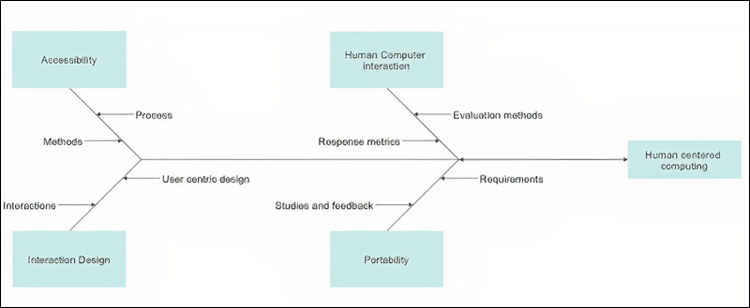
Not all disability is visible
According to the Invisible Disabilities® Association, any “physical, mental or neurological condition that is not visible from the outside, yet can limit or challenge a person’s movements, senses, or activities” is considered an Invisible Disability.
The reason why this is called ‘Invisible Disability’ is because the disability is in fact ‘invisible’
Let’s do a quick test and count the top eight invisible disabilities.
- Deafness
- Blindness
- Epilepsy
- Autism
- OCD
- Depression
- Diabetes
- Crohn’s disease
If you thought diabetes is not, then do think again!
Chronic illnesses also count as invisible disabilities because of their detrimental, long-term effects.
Mark Pringle, who works with a leading bank, started losing his ability to hear consonant sounds and when COVID hit and the world moved to Zoom, he was the most hit! While he was able to get by reading people’s lips, the cold world of Zoom exacerbated his ability to work with his teams. What it led to was a lot of misunderstanding between the teams, and his ability to contribute meaningfully. The teams were unable to understand him as was he unable to understand his teams. Many people on Zoom choose to stay off video leaving no lip-reading cues. What helped over time was the ‘transcription’ services. However, it wasn’t perfect either, as transcription services do not fully understand the cultural aspects, e.g. Ramayana becomes ‘Art of banal’ in the translation! This may seem funny to read, however, causes a lot of issues when it comes to getting work done and adding relevance to the conversation.
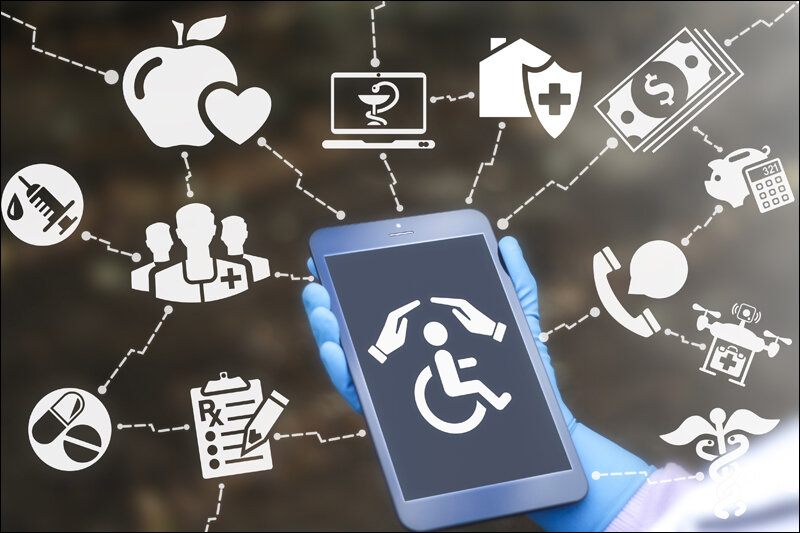
Some of the ways to support are:
- Transcription services/ text relay/closed captions
- Noise reduction
- Volume adjustment for the disabled
- Using sufficient context and color set up
- Easy read formats
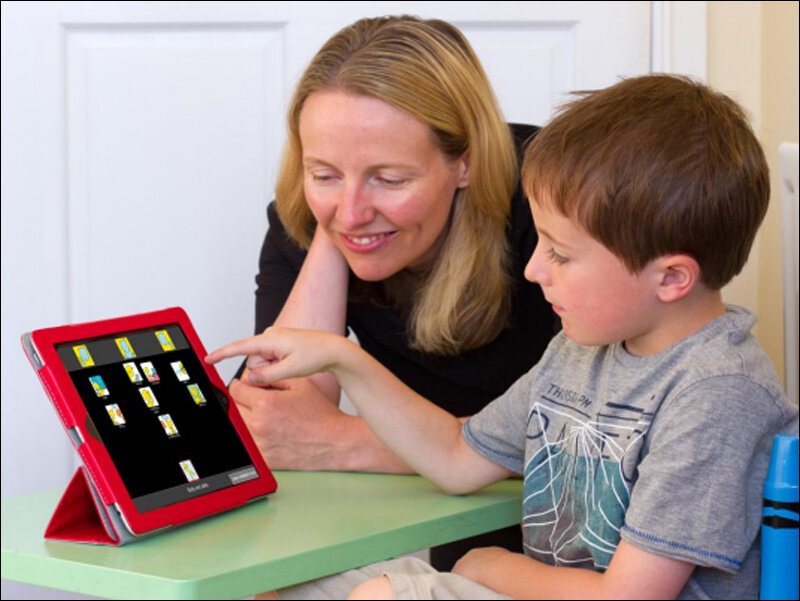
ADHD, Autism, Dyspraxia, Dyslexia, Dyscalculia, Dysgraphia, and Tourette’s Syndrome are examples of neurodiverse conditions as well which require specific workings. Aneesha who is on the spectrum enjoys her communication with Alexa and her gaming device. Gamification is the best way to teach her basic numeracy skills. Her best friend is Alexa, the amazon device and Siri is her partner in crime!
Accessibility in India Vs. the world
In India, the documented statistics indicate that there are about 60 million disabled people with a staggering count of 42.5% of women and 75% of them in rural areas.
The main reasons for barriers include:
- Lack of affordable technologies
- Inaccessible options
- Unsupportive laws
- The stigma attached to the disability is compounded by stereotyping by popular media (e.g. movies, etc.)
- Lack of research given the complex diaspora dating back as far as 1987
- Lack of intersectional and contextual approach
Drop-outs
While disability is not objectively defined, the understanding of the same remains varied.
Present-day dropout rates from assistive technology that has been adopted is reportedly as high as 80% – studies are required to understand why this is so and what can be done to correct the situation. There are several aspects that make a structured response to disability in India difficult. To begin with, the extent and contours of the problem have not been fully understood.
A 2016 report by the Government of India’s Ministry of Statistics and Programme Implementation notes that it is essential to determine the needs of persons living with disability, including the role of assistive technology for inclusive development. Identities such as gender, age, location, class, caste and ethnicity interact with socio-cultural norms like patriarchy and shape the life chances of people with disability. The disabled are among the most disenfranchised economically, educationally and health-wise, as well as face significant discrimination. Subalterns such as women, Dalits and the poor thus become doubly disadvantaged in this regard. Identities such as gender, age, location, class, caste and ethnicity interact with socio-cultural and current extrapolations suggest that more than 2 billion people will need at least one assistive product by 2030, with many older people needing 2 or more.
Indians using assistive technology (2019)
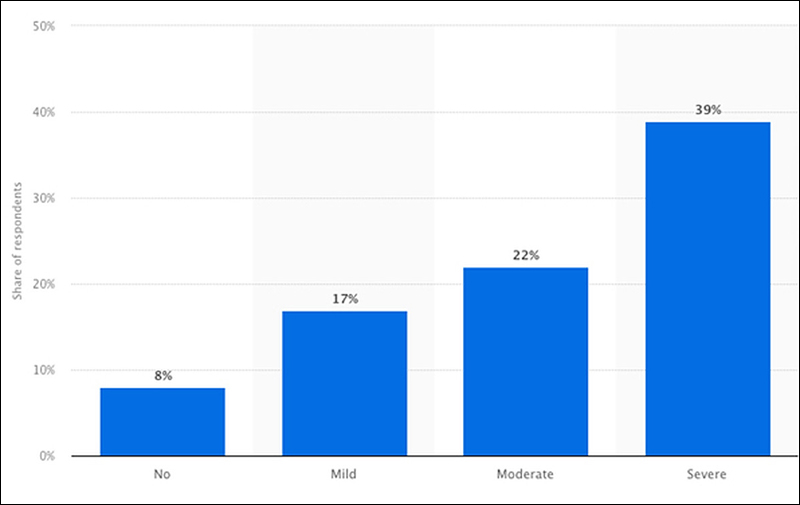
Inclusion- What’s next?
User centered design
In the web engineering domain, a metric can be the number of links, the size in KB of an HTML file, the number of users that click on a certain link, or the perceived ease of use of a web page. Source : WIKI
Assessing user experience satisfaction metrics is key to creating a beneficial and rounded accessible technology. Creating platform agnostic accessibility metrics which are specific to user websites etc and extrapolating them to all devices and systems may not help. Each of the aspects just like human imprints requires a tailor-made approach using Machine Learning and other models to continuously learn about drop-out rates, etc to see the effectiveness of the design. The fix will be to set up ‘key performance indicators’ to fix an accessibility issue highlighted.
The use of a central and open design approach with key ratings specific to accessibility would be ideal. Given that many of the accessibility requirements are to do with minorities, cost benefit is traditionally used as a trade off when it comes to requirement prioritization.
There is a growing need to create a multi-step process to move the design activity focus from a “medical model” to an all-encompassing “Accessible user experience”, that collaborates with the users who possess special knowledge about the disability and create innovative designs.
Assistive technology
AAC (Augmentative and Alternative Communication) aids are popular and can be a purpose-built device or a standard computer, tablet or smartphone running specialist software or apps. These are add-ons and many people combine these high-tech aids with other forms of non-verbal communication. These include gestures, facial expressions, pictures and signing.
In conclusion
Everyone is on a certain spectrum. Disability is sometimes ignored and a disabled person sometimes does not even know or realize that they are disabled until the signs become apparent. This begs to creating designs that tailor to the differences and the right level of support based on the needs and personal preferences.
With so many options to choose from, the key would be to ensure that there is a comprehensive assessment done for the spectrum of disability that includes how a human perceives the technology and caters to the strengths and limits the weaknesses. This will give a cost-effective yet lasting support mechanism improving the quality of life and making technology truly inclusive.
In case you missed:
- None Found




